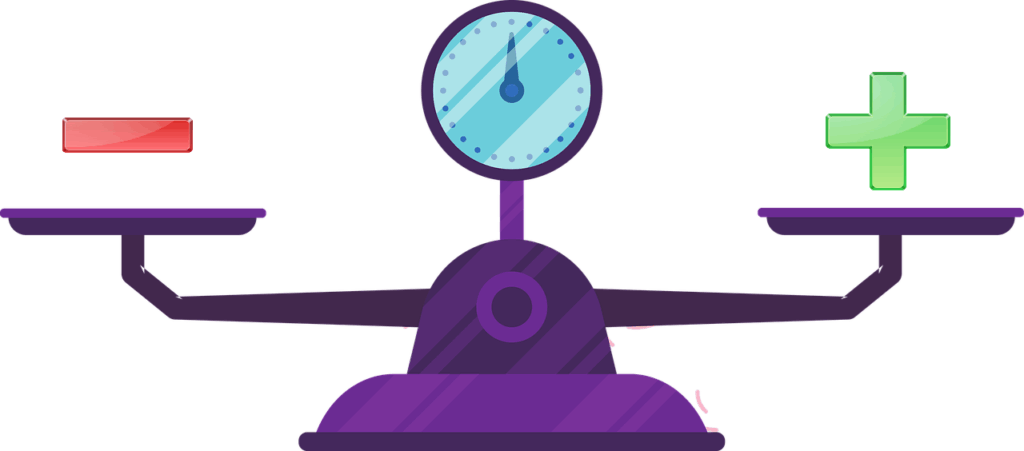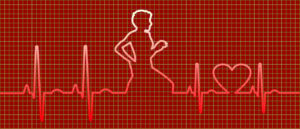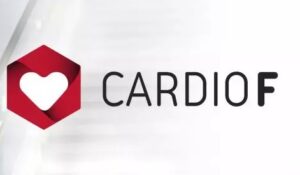Inappropriate Sinus Tachycardia

The heart has an internal electrical system that coordinates the beats and allows for effective contraction. Without this system, the heart rhythm would be disorganized and inefficient.
To read : The electrical system
The “conductor” of the heart rhythm
At the origin of each heartbeat lies a small group of specialized cells in the right atrium: the sinoatrial node.
This node acts as the heart’s natural pacemaker, comparable to a conductor setting the tempo. It triggers the electrical impulse that determines the heart rate.

An organized transmission
Once generated, the electrical signal spreads in an orderly fashion: it first travels through the atriaThe atria are the two upper chambers of the heart. They act as reservoirs for blood that will fill the ventricles., then passes through the atrioventricular node (often described as an “electrical gatekeeper”), before descending into the ventricles’ rapid conduction network.
This process ensures a coordinated and effective contraction of the heart.
Factors that modulate the heart rate
Heart rate constantly adapts to the body’s needs. It is influenced by nervous and hormonal signals. That is why the heart speeds up during exercise, when we have a fever, or upon receiving bad news.
Normally, this adaptation is appropriate. But in inappropriate sinus tachycardia, this regulation becomes excessive: the heart beats too fast without adequate reason.

Inappropriate Sinus Tachycardia
Inappropriate sinus tachycardia is defined when the heart rate remains above 100 beats per minute without an obvious cause.
Unlike other tachycardias, it does not start or stop suddenly: it is almost constant, sometimes a bit faster, sometimes a bit slower. It also accelerates disproportionately with even minimal effort and stays elevated, even during the night.
The typical profile is often that of a young woman in otherwise good health, sometimes with underlying anxiety, who strongly feels the effects of this accelerated heart rate.
What is the cause?
The exact cause remains unclear. The sinoatrial node—the “conductor” that sets the heart rate—is normally influenced by two nervous systems that balance each other:
- The sympathetic system, which speeds up the heart.
- The parasympathetic system, which slows it down.

In inappropriate sinus tachycardia, it is thought that an imbalance occurs: the parasympathetic fibers are less active, allowing the sympathetic system to dominate. The result is that the heart beats too fast, as if the thermostat of the heart rate were malfunctioning.
A benign condition
Although this acceleration may be distressing, it is important to know that it is not dangerous.
Unlike certain persistent fast arrhythmias, it does not weaken the heart muscle and does not cause cardiomyopathy. The heart remains structurally healthy and able to contract effectively.

Not to be confused
Inappropriate sinus tachycardia (IST) should not be confused with “appropriate” sinus tachycardia, which occurs normally during exercise, fever, or stress, nor with other more serious arrhythmias such as supraventricular tachycardia or atrial fibrillation.
IST is characterized by its persistent, disproportionate nature, inappropriate to the circumstances yet benign in its evolution.
Symptoms
People with IST often report:
- palpitations“Palpitation” is a symptom related to an abnormality in heartbeats. There are several types of arrhythmias. This term is like a surname that encompasses several first names.,
- chest pain,
- easy shortness of breath,
- persistent fatigue.
These symptoms can significantly affect quality of life, even though the condition is generally not dangerous for life expectancy.
Diagnosis
Before confirming the diagnosis, other possible causes of a high heart rate must be ruled out, such as:
- heart failure with reduced left ventricular ejection fraction,
- anemia,
- hyperthyroidism, among others.
The electrocardiogram (ECG) usually shows a sinus tachycardia exceeding 100 beats per minute.
A Holter monitor, which records the heart rhythm over 24 hours, confirms that the rate remains higher than normal, without significant slowing during rest or even at night. With light effort, the rate rises quickly, often exceeding 130 beats per minute.
Stimulants to avoid
In people with inappropriate sinus tachycardia, certain substances can worsen symptoms.
It is recommended to limit or avoid caffeine, chocolate, and alcohol, as they directly stimulate the nervous system and promote an accelerated heart rate.

Treatment
Treatment depends on the symptoms experienced and must be tailored to each individual. The main goal is to slow down the heart rate in order to reduce palpitations“Palpitation” is a symptom related to an abnormality in heartbeats. There are several types of arrhythmias. This term is like a surname that encompasses several first names., fatigue, or shortness of breath.
The most commonly used medications are:
- Beta-blockers,
- Calcium channel blockers,
- Or ivabradine.
These drugs all act in different ways, but share the same objective: to reduce the electrical activity of the heart so it beats more slowly.
On the other hand, catheter ablation is generally not considered. Since the sinoatrial node is the heart’s natural pacemaker, destroying it would carry a high risk of excessive slowing (bradycardia) and would require implantation of a pacemaker.
Importance of medical follow-up
Medical follow-up is important not only to rule out other possible causes of a fast heart rate but also to adjust treatment based on how symptoms evolve.
Regular reassessment is essential to adapt, reduce, or, if needed, discontinue medication depending on tolerance and effectiveness.

Course and prognosis
Inappropriate sinus tachycardia is most often a chronic condition, but it can sometimes improve over time and become less troublesome.
Life expectancy is not threatened, since this persistent acceleration does not damage the heart muscle. However, symptoms such as palpitations“Palpitation” is a symptom related to an abnormality in heartbeats. There are several types of arrhythmias. This term is like a surname that encompasses several first names., fatigue, or shortness of breath can still have an impact on quality of life.
In summary
Inappropriate sinus tachycardia is a benign condition in which the heart beats faster than needed, even at rest. It may cause bothersome symptoms such as palpitations“Palpitation” is a symptom related to an abnormality in heartbeats. There are several types of arrhythmias. This term is like a surname that encompasses several first names., fatigue, or shortness of breath, but it does not threaten life or damage the heart muscle.
Treatment mainly involves medications that slow the heart rate and regular medical follow-up, with the goal of maintaining quality of life.
























